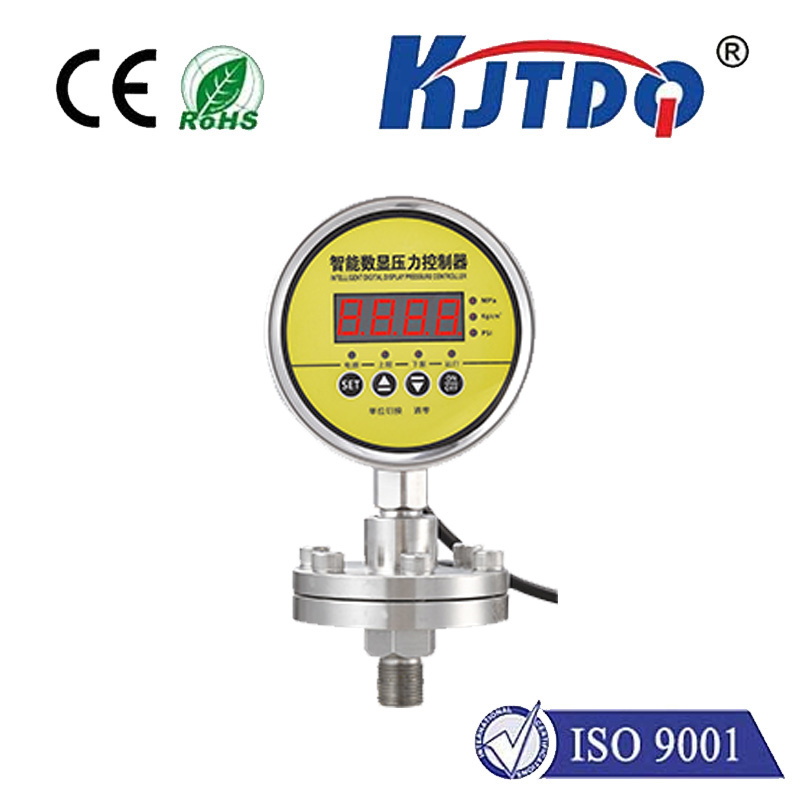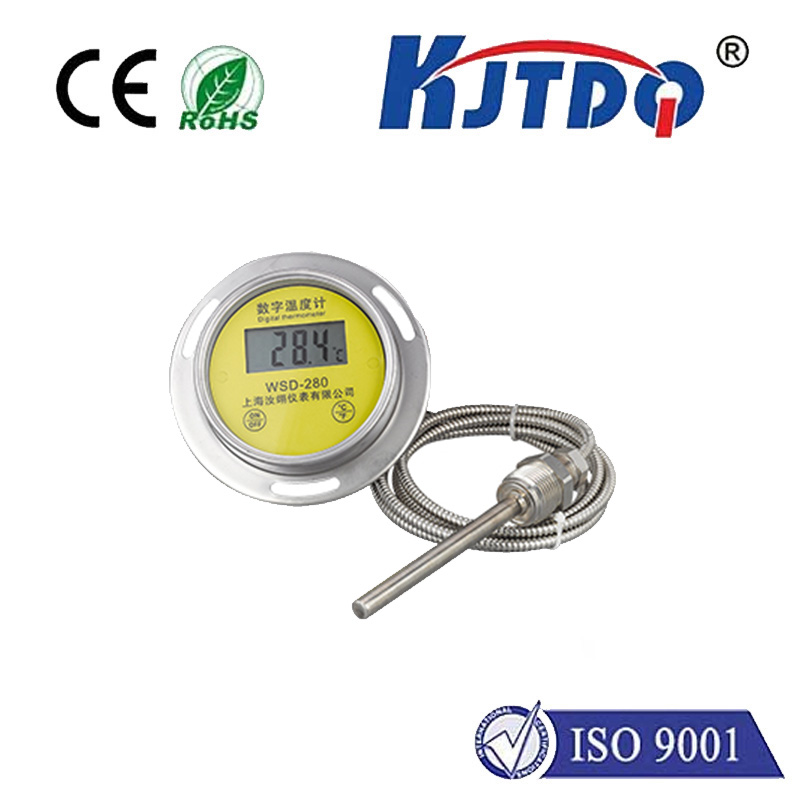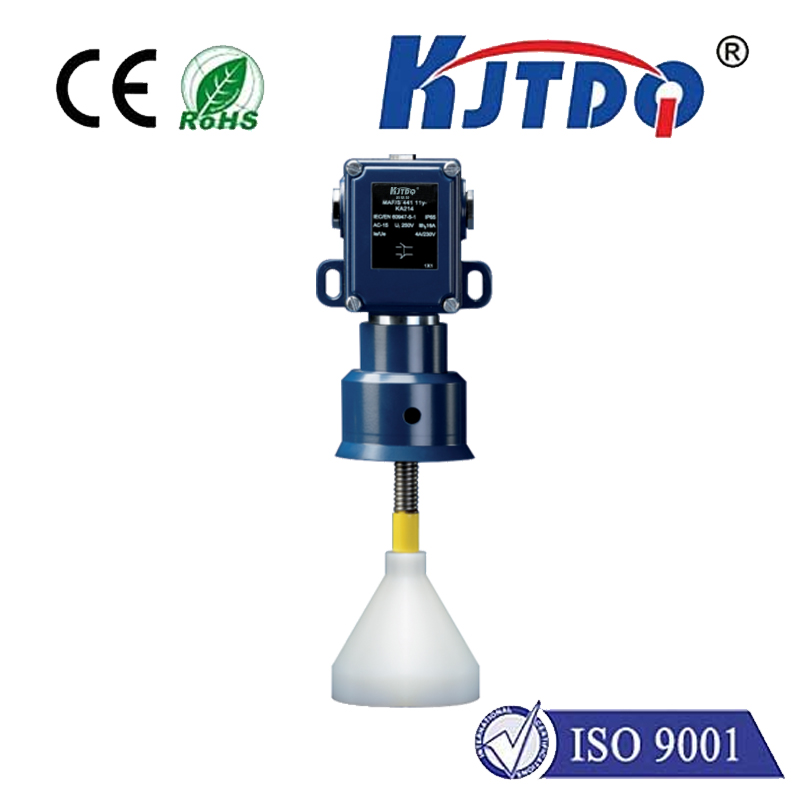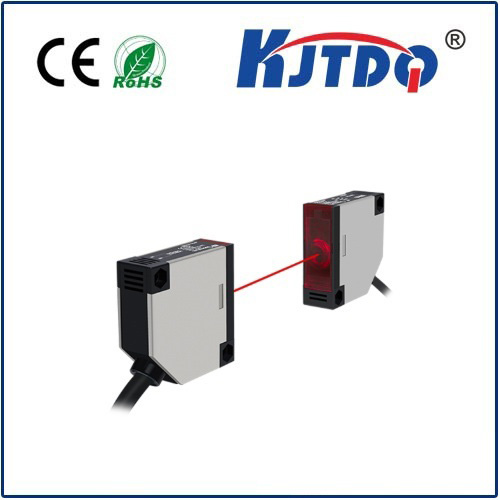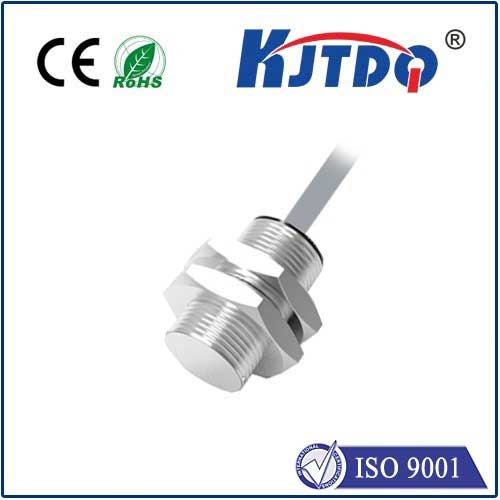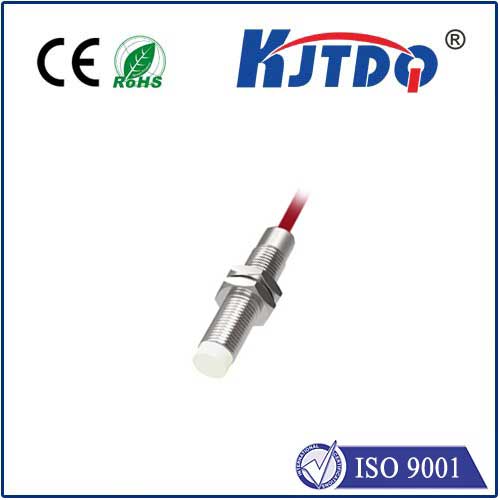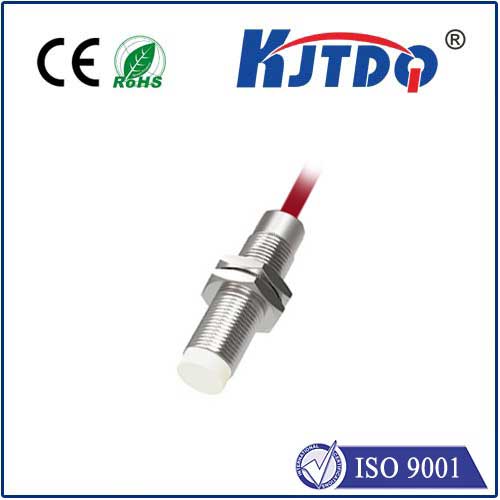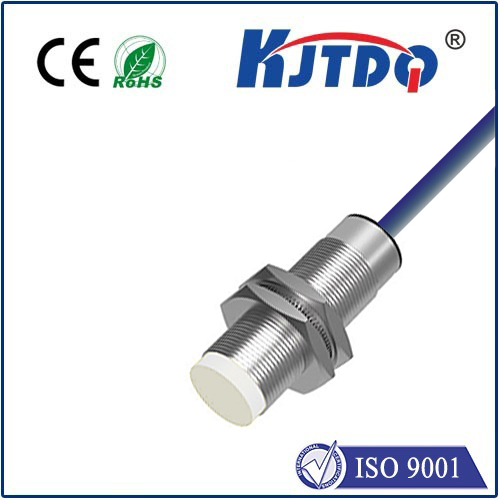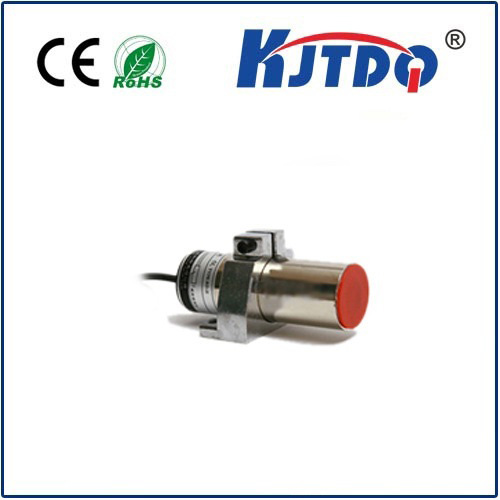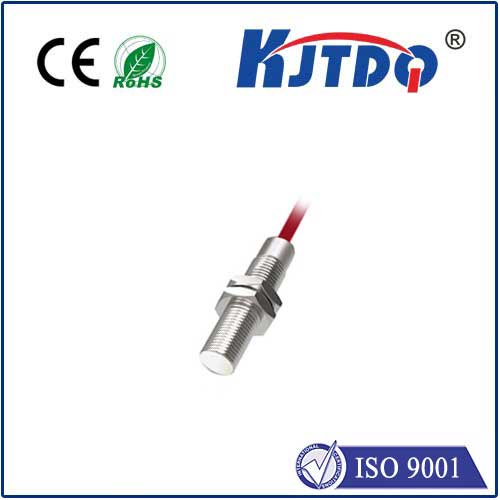
check

check

check

check
Title: The Power of Laser Optical Sensors in Today's World
Introduction:
In the realm of modern technology, laser optical sensors have emerged as a game-changer. These innovative devices possess an unparalleled ability to detect and interpret light signals with incredible accuracy, opening up a world of possibilities in various industries. From automotive safety systems to medical diagnostics, the applications of laser optical sensors are vast and diverse. In this article, we will delve into the workings and potential of these groundbreaking devices, exploring their unique advantages and transforming the way we perceive the world around us.
Section 1: The Science Behind Laser Optical Sensors

At their core, laser optical sensors rely on a process known as photodiodes or phototransistors, which convert light energy into electrical signals. These sensors can be designed for various purposes, including sensing distance, temperature, or even motion. The accuracy and reliability of these sensors depend on several factors such as wavelength, power, and sensor configuration. By adjusting these parameters, laser optical sensors can achieve high levels of precision in their performance.
Section 2: Advantages of Laser Optical Sensors in Automotive Safety Systems
One of the most significant applications of laser optical sensors is in the automotive industry, where they play a crucial role in enhancing vehicle safety. For instance, laser radar sensors can accurately detect the speed and distance of objects behind the vehicle, enabling it to brake in time and avoid collisions. Additionally, cameras equipped with laser optical sensors can detect pedestrians and other vehicles in real-time, providing drivers with critical information about their surroundings. Such advanced safety features not only save lives but also reduce traffic accidents and improve driving experience.
Section 3: Medical Applications of Laser Optical Sensors
Laser optical sensors have also found numerous applications in the medical field, particularly in diagnostic imaging. For example, laser scanning microscopy (LSM) utilizes a laser to create high-resolution 3D images of tissues or cells within the body. This method allows doctors to identify anomalies and diagnose diseases with greater accuracy than traditional imaging techniques. Furthermore, laser-based sensors can measure blood flow and oxygen saturation levels, providing vital information for monitoring patient health statuses.
Section 4: Beyond Industry Applications: Potential Future Uses
While laser optical sensors have already transformed various industries, their potential applications extend far beyond today's imagination. In the future, these devices could revolutionize fields such as agriculture, environmental monitoring, and security systems. For instance, farmers could use激光 optical sensors to monitor crop growth and optimize irrigation schedules based on real-time data collected by sensors. Similarly, environmentalists could employ laser optical sensors to track wildlife populations and monitor changes in air quality over large areas. Moreover, security professionals may utilize laser optical sensors to detect threats and prevent crime before it occurs.
Conclusion:
Laser optical sensors represent a remarkable breakthrough in modern technology that has already changed the way we perceive and interact with our world. Their ability to detect and interpret light signals with incredible accuracy provides limitless opportunities for innovation across various industries. As research continues to explore the potential applications of these devices further, we can expect to see even more exciting developments in the future.
